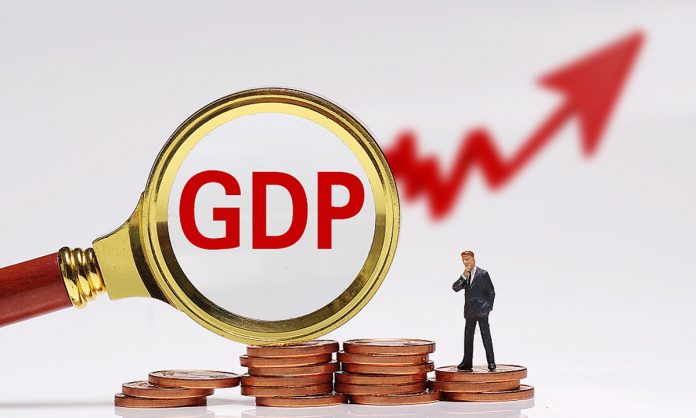- Indian citizens represent an aspirational society and have been well documented riding on the revolutionary technological developments witnessed over the last two decades or so. Especially, the information technology boom leading to digitalization endeavours has transformed the way of life in immeasurable terms that cannot be disputed. Also, easy access to digital technology-driven applications has been extraordinarily user friendly thereby enabling millions to embrace the same. The Union Government deserves special mention for undertaking such a gargantuan task with single-minded devotion to push the Digital India campaign vigorously.

PC: SHOSHANNA SOLOMON
- Further, the present dispensation at the Centre led by Prime Minister Narendra Modi has been projecting India to break into the $5 trillion economy for quite some time now. As such, the Indian economy overtaking the UK to become the fifth largest economy is a welcome development replete with both substance and symbolism. Powered by a massive young demographic waiting to burst into the middle class and a robust digital ecosystem, India is certain to grow bigger in the coming years. Most excitingly, the State Bank of India Research indicates that India could become the third largest economy before this decade’s end
- We all know how the country survived the debilitating effects of the Covid pandemic and the ongoing Russia-Ukraine conflict adroitly avoiding the surging inflation as well as the energy crisis that’s hit countries like the UK. To that extent, the Indian establishment deserves credit. In hindsight, the Union Government has been proved right in its resolve to not run up a high fiscal deficit, despite pressure to imitate the West’s overgenerous stimulus packages. Needless to mention, the growth path ahead needs more such out-of-the-box thinking. Of course, the primary challenge is to prepare enough people to participate in the country’s future growth trajectory.

PC:V. Anantha Nageswaran
- The low GDP per capita and the continuing Covid relief package providing free foodgrains for 80 crore people are pointers to low-individual productivity, signifying that the macro represented by GDP numbers is only one part of the big picture. The success in lifting millions of people out of extreme poverty was no small feat. Nonetheless, the most important next step in our endeavour ahead of replicating East Asian countries that have relied on manufacturing to take the masses out of agriculture awaits focused thrust. India’s GDP per capita of around $2500 is in large part dragged down by farm households: their average annual income is just $1500.
- As you know, India hasn’t focused enough for decades on areas like education, skilling, and healthcare. The last was brutally exposed during the harrowing pandemic. Against UNESCO’s Education 2030 Framework for Action’s appeal to countries to spend 4-6% of GDP on education, India’s central and state combined budgeted expenditure on education in 2021-22 was just 3% of GDP. Thus, the only way forward is to introduce more economic reforms on a perpetual basis. Thus, all parties in government must realise that every one of them must be in reform mode which is a prerequisite for mass prosperity. It is not insurmountable but definitely calls for intent.






